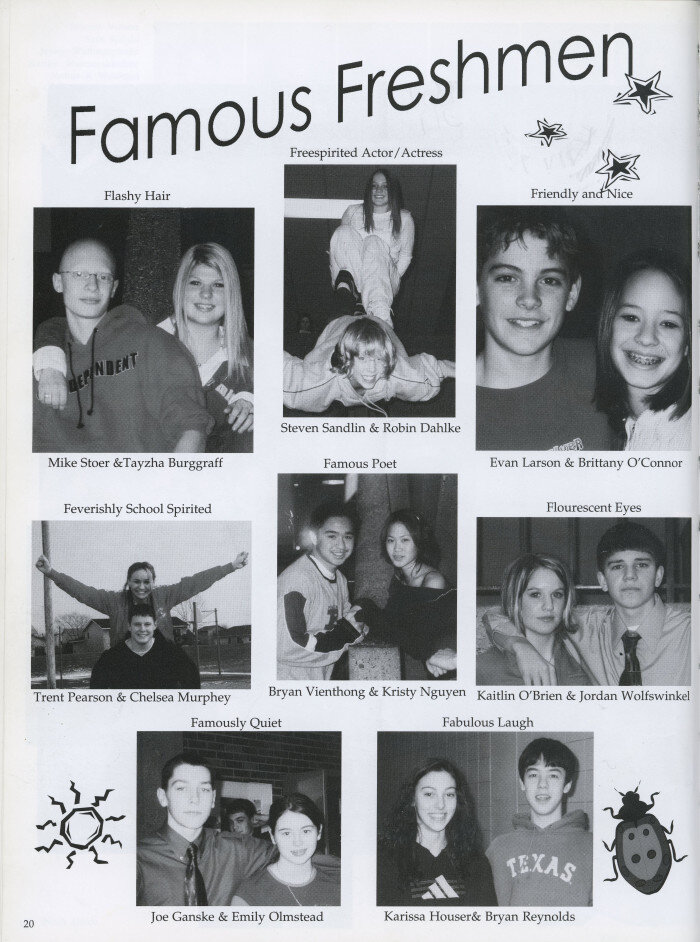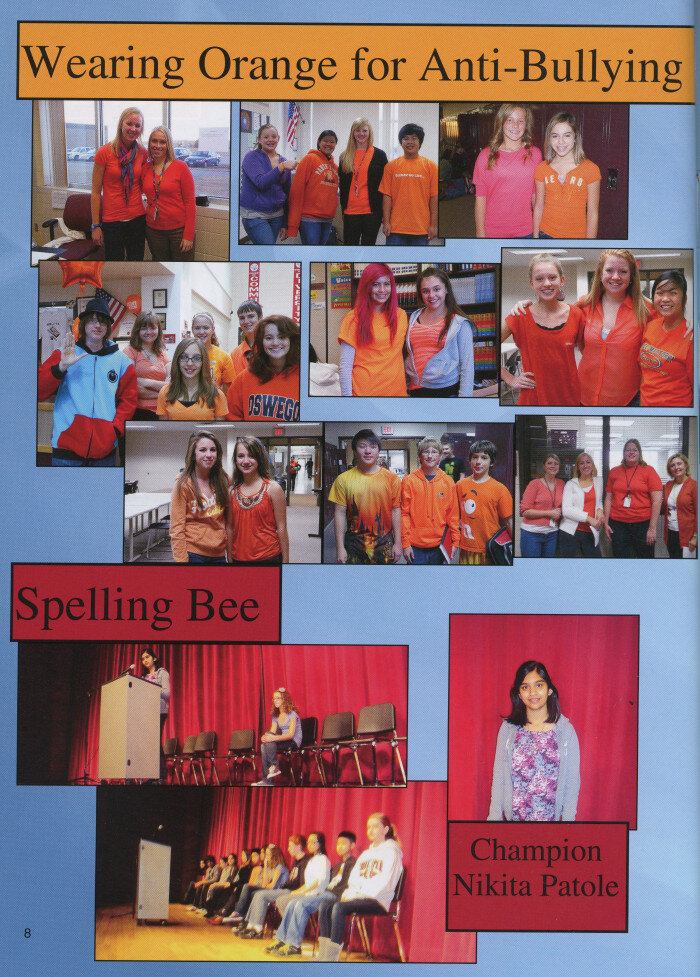Part 3
Written by Angeline Mares Stone for the Credit River Reunion, January 17th, 1999
Steam powered thresher, 1965, from the SCHS Collections
During the summer, we got to see the Kalal kids, Mary and Willy, and play with them. Our parents were friends and the families worked together at threshing time, a high point of the harvest season. Along with the Kalinas, our relatives, the crews arrived in the early morning after livestock chores were done. The air of excitement, of great work, was unmistakable. The work was hard, I dare say, especially for the women, for I remember that Mom would work in the fields, shucking wheat, and still plan and prepare the meal that would be served to the very hungry men. My sister, Mary Jo, as her assistant during those years. Our tasks as children were limited to taking lemonade out to the men as they worked in the hot afternoon sun. They were always appreciative of our efforts and made us feel useful. Another task we often had was to even out the grain as it came tumbling into the wagon from the thresher. We were barefoot and the grain would tickle our toes.
These were the assigned tasks, but on one occasion, my sister Nancy and I were given another task, snapping the fresh green beans; it seemed like mountains of them. We sat on the front stoop, snapping away. “Tsk, tsk” said one of the ladies, arriving that morning as she passed her way into the house. We hung our heads in shame- and sorrow. We would rather have been playing with the Kalal kids, like we did the day before But the day before we let ourselves get carried away in fun, and thought it would be really great throw lots of straw into the outdoor stock tank and splash around in it. We gave no thought to what affects this would have on livestock looking for water or anything else. We were just having fun. But our misdeeds became known during evening chores and we were punished in the worst way- we could not have company the next day. The chore of snapping beans was the mild punishment because we really liked the Kalal kids.
St. Wenceslaus Catholic School in New Prague, early 1930s. From the SCHS collections.
Our experiences were not limited to farm and school. During my second grade I attended St. Wenceslaus School in New Prague in order to prepare for First Holy Communion My father had made the decision to take our family to New Prague to church after going to Credit River for awhile. New Prague became a spiritual home for us and I was comfortable there. When my parents were given the option of keeping Ewald buried in the American soldiers cemetery in Margraaten, Holland or having him brought back to America, they chose to have him brought back and buried in New Prague. On October 12, 1948, a funeral Mass was held at St Wenceslaus for Ewald. It was also our parents’ thirtieth anniversary. The support of the Credit River and New Prague people gave our family a solid sense of community. And I acquired a sense of a much larger world.
We were connected to the Twin Cities too mostly through relatives living there. My sister, Edith, having just graduated from high school became part of the household staff at the Archibald Bush home on Summit Avenue, and once in a while we got to visit her. I felt lost in that huge mansion- nothing in it seemed familiar. While Edith worked in St Paul she met Dorothy Broshofke who would later become Mile’s wife. Dorothy began to visit our home and play the piano. I remember my mother loving this and she made known her favorite songs. Two that I remember are “Juanita” and “The Swiss Boy”. My own repertoire of songs increased greatly because of those songfests and there was one more reason to be joyful.
In June of 1949, Miles and Dorothy were married. They had two wedding dances, one in St Paul and one at Armie and Mac’s in “downtown Credit River”, the nerve center of the Credit River community at that time. Everyone knew everyone else and they danced their hearts out at that place. We would dance there again soon, for we were about to say “good-bye” to our life in Credit River.
Dad bought the Bill Deegan farm in Lakeville and in the all of 1949 we moved. During the week that we moved, a windstorm blew the roof off a chicken coop at our new place. And somehow, when the livestock moved, my new pet chicken Annie got lost. She didn’t make it to our new home. And so I grieved the loss of her and the end of my life in Credit River. But I would keep forever in my heart the memory of rich experiences I had when I lived there.














